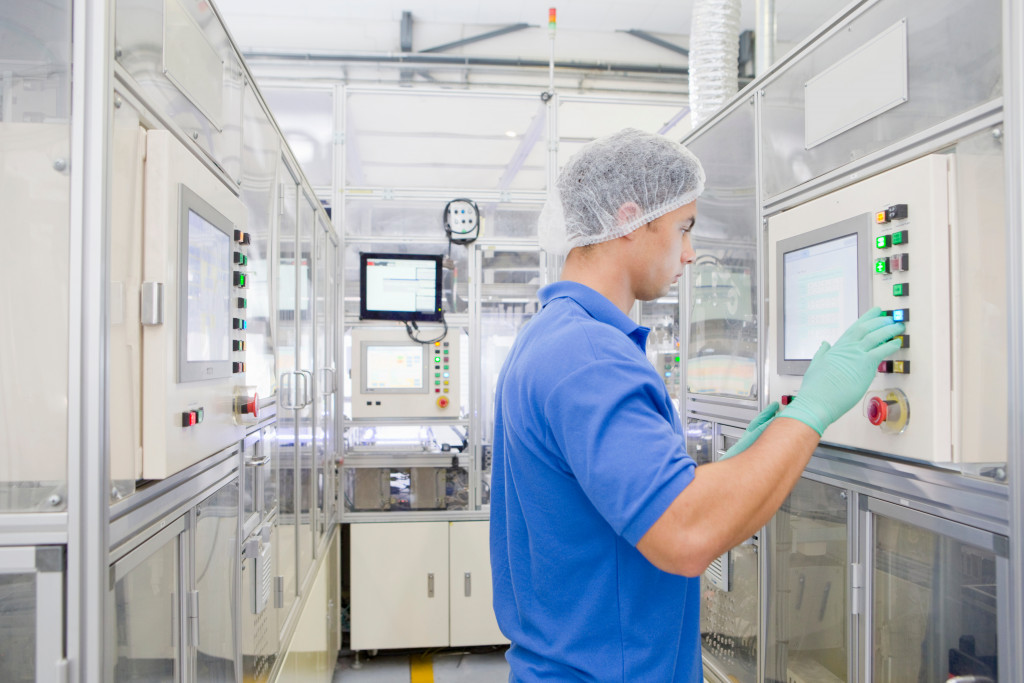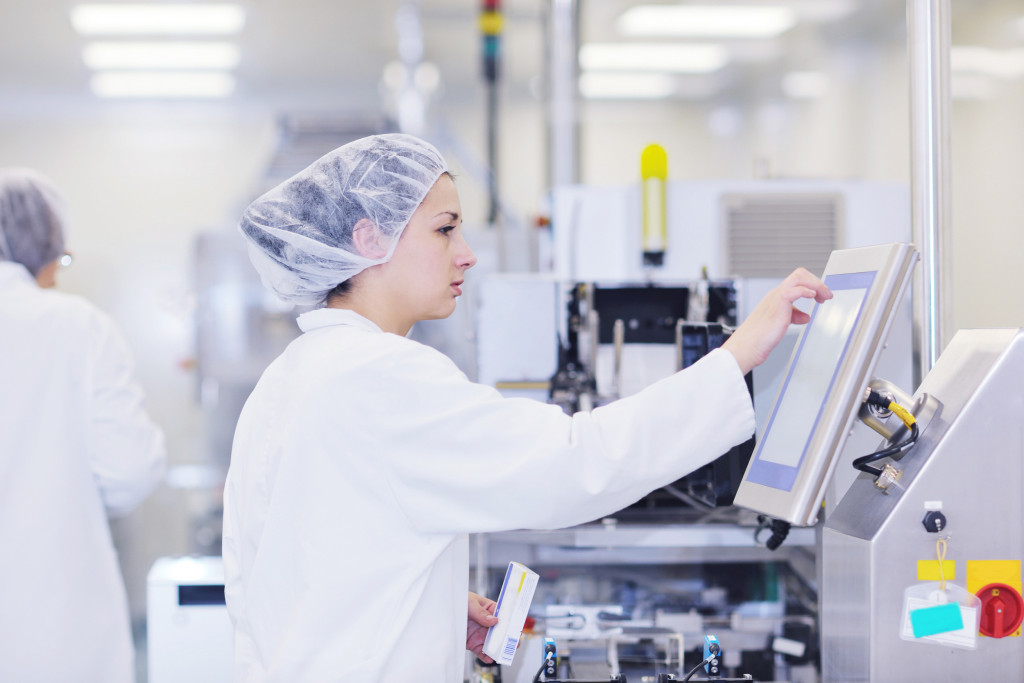• Manufacturers of medical devices must meet FDA regulations and obtain ISO 13485 certification for safe, effective product production.
• Quality control is essential throughout the process and includes testing raw materials, inspecting components during assembly, and testing finished products.
• Manufacturing processes can involve custom manufacturing solutions with high levels of product customization or mass-production solutions that provide cost-effective and efficient results.
• Injection molding is widely used in the medical device industry as it allows for fast production and easy customization of components.
Manufacturing medical devices requires careful attention to detail, quality control, and safety. Medical devices have the potential to save lives and improve patient outcomes, so it is critical that they are produced in a manner that meets or exceeds industry standards. You need to be aware of the regulations and standards in place throughout the industry. This blog post will discuss what business owners must consider when manufacturing medical devices.
Regulations and Standards
Medical devices have certain regulations and standards that must be met to be approved for use. Here are some of the important ones that your business has to meet:
FDA Regulations
The Food and Drug Administration (FDA) regulates medical device manufacturers in the United States. These regulations ensure that only safe and effective products are available for use by consumers. Additionally, the FDA ensures that manufacturers follow good medical device production practices, such as ensuring quality control processes and that the device’s design suits its intended purpose.
ISO 13485 Certification
To manufacture medical devices, your business must obtain ISO 13485 certification. This certification is an internationally recognized standard of quality management systems that focuses on the safety and effectiveness of medical products. It establishes requirements for managing a company’s production and quality control processes and customer service.
Quality Control Procedures

Quality control is an essential part of any successful medical device manufacturing process. Quality control involves ensuring that all product components meet specified criteria before being used in production. This includes the following:
Testing Raw Materials
All raw materials used to manufacture medical devices must be tested for reliability and compatibility. For example, you should test plastics and metals for strength, durability, and other properties. Additionally, you should check for any possible toxic substances that could impact the device’s performance, such as lead, mercury, or cadmium.
Inspecting Components During Assembly
In this process, all components are inspected for any defects before being used for assembly. This helps to reduce the risk of faulty devices entering the market. Material defects such as cracks, burrs, and other imperfections should not be present on any components.
Testing Finished Products
Once a medical device is assembled and ready for use, it must be tested again to ensure it meets all safety and efficacy standards. This involves performing electrical safety checks, performance testing, and sterilization validation tests.
Manufacturing Processes
In the manufacturing process, all components are assembled into a medical device. This could mean utilizing the following solutions:
Custom Manufacturing
Custom manufacturing solutions provide a meticulous and precise level of service. This involves customizing components to create a device that is perfectly suited to your needs. Medical devices need proper attention, so this method of production allows for high levels of product customization. Final products from this process also undergo strict quality control standards before release.
Mass Production
Medical devices are produced in large quantities in mass production with minimal customization. This method is best used when manufacturing a common device requiring only a few changes or adjustments. Mass production solutions provide cost-effective and efficient results since they allow for increased productivity. However, mass production has a downside since the customization level is limited.

Injection Molding
Injection molding is when plastic parts are injected into a heated mold cavity to form the desired shape. This is used for medical devices such as syringes, stethoscopes, and IV poles. The process allows for precise parts tailored to the device’s needs. It is also used widely in the medical device industry as it allows for fast production and easy customization of components.
Custom Packaging
Custom packaging involves designing and producing packages that meet safety and other regulatory requirements, such as tamper-proof seals and labels. Packaging is essential for protecting medical devices from damage during shipping and storage. Packaging must also be designed with the device in mind, considering the product’s size, shape, and weight.
By following the regulations, standards, and processes outlined, you can ensure that your medical device manufacturing operations are successful. Understanding these requirements is key to creating safe and effective products that will meet the needs of your clients and customers. You can confidently produce quality medical devices with the right knowledge and expertise.

